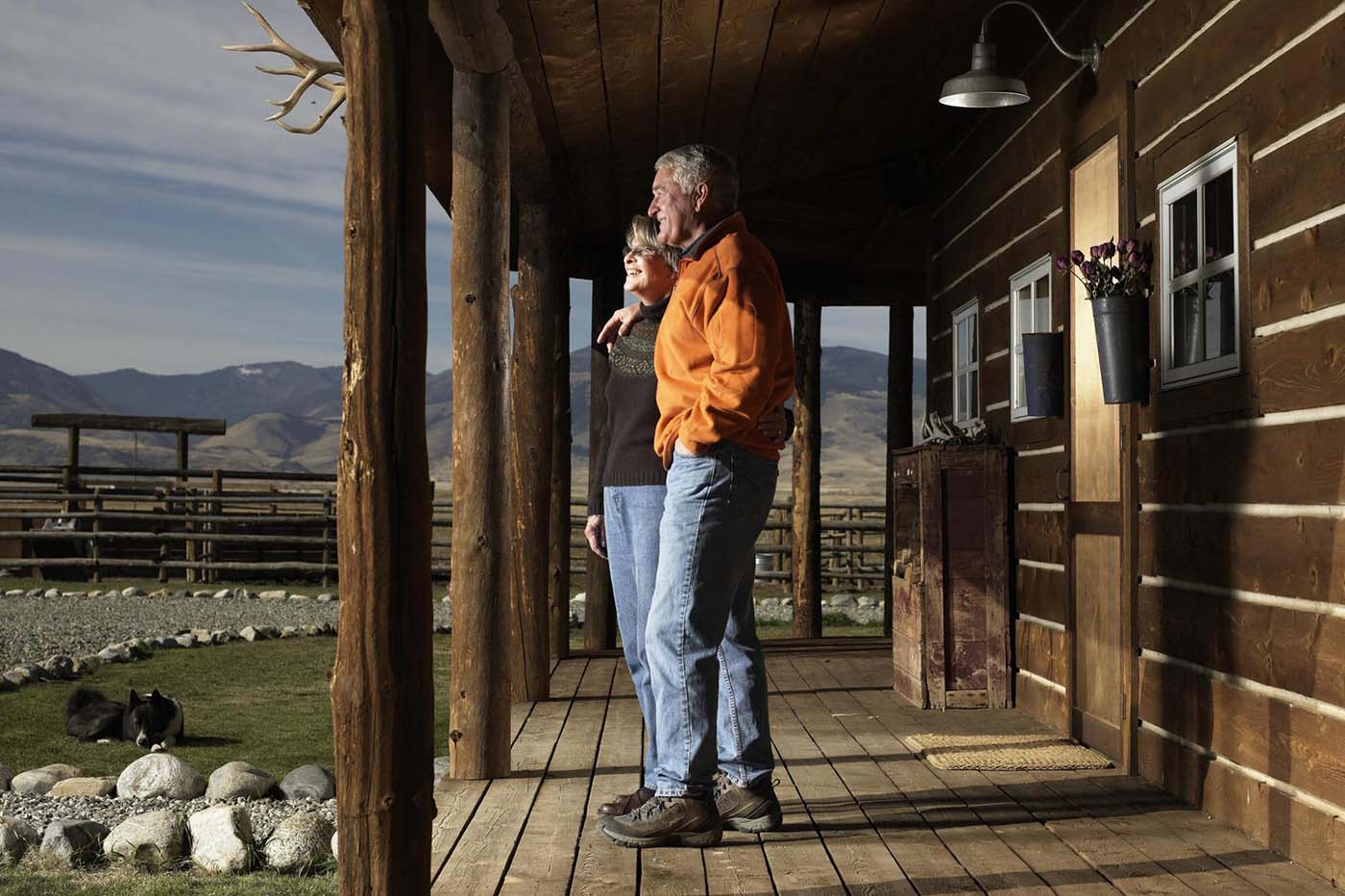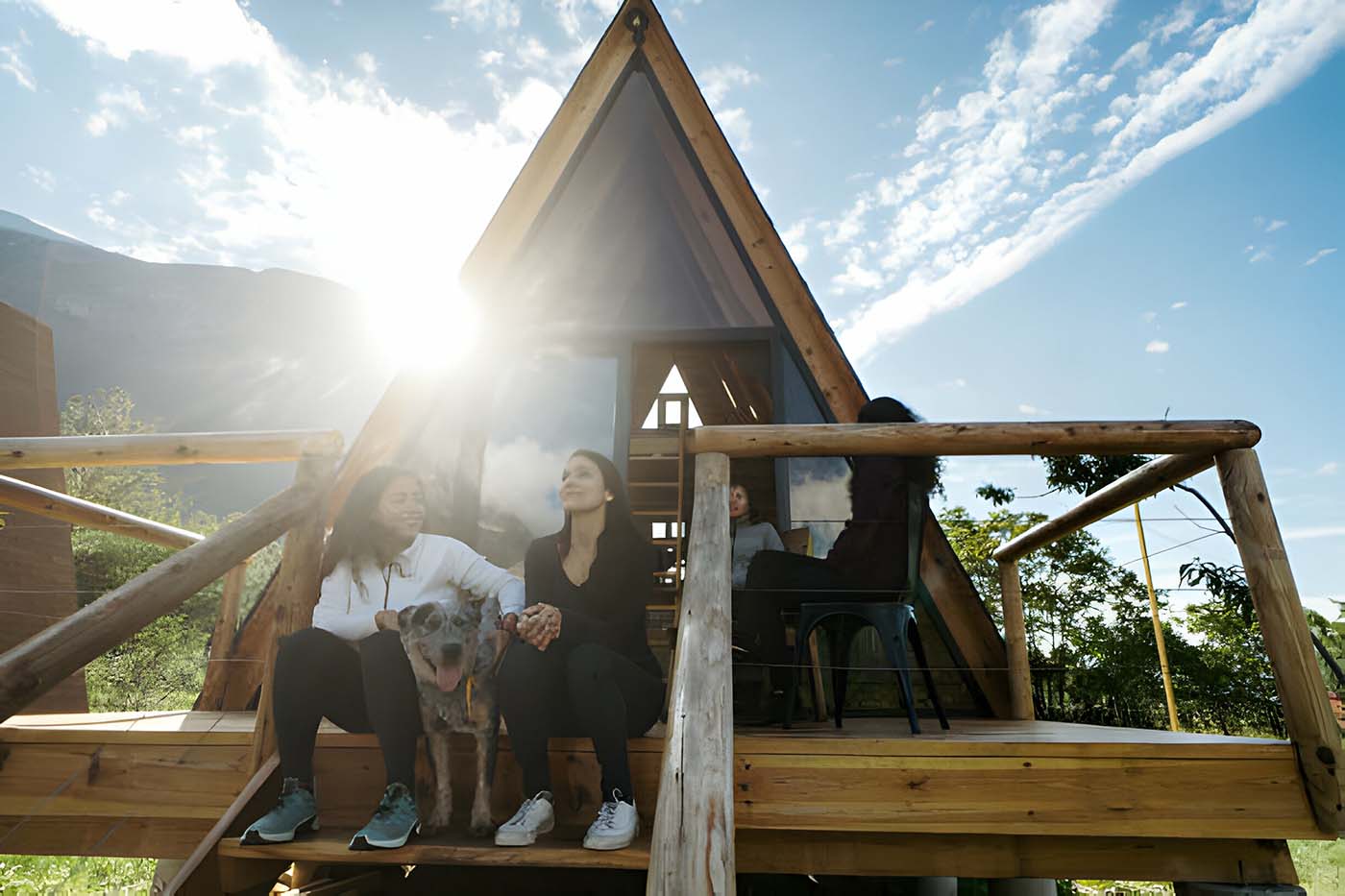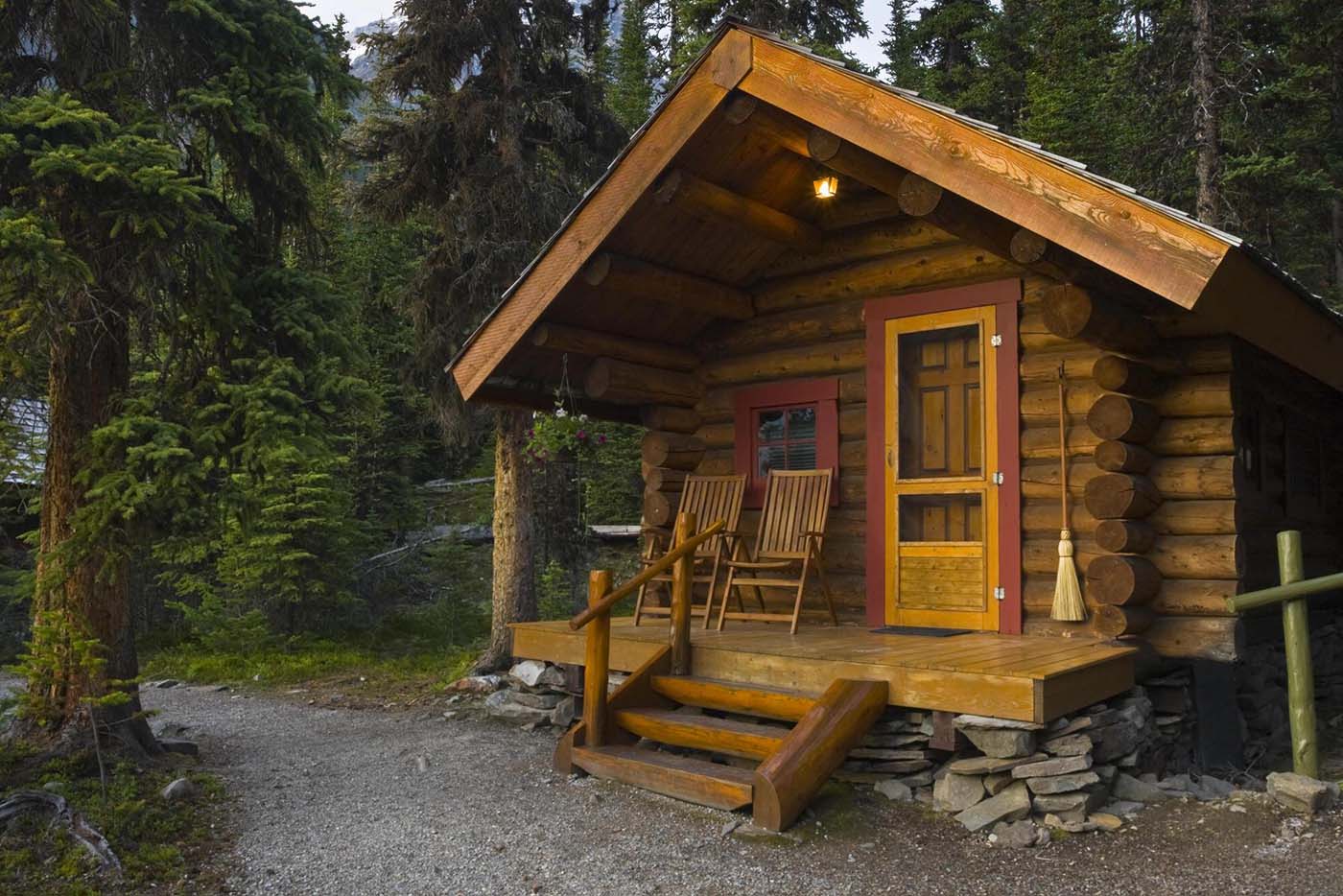Keeping your log cabin in top shape over the years requires more than an occasional touch-up. Regular maintenance is key to protecting your investment and preserving the longevity of your home’s iconic logs.
From roof repairs to chinking replacements, these 8 essential tips will help you properly care for your log cabin and ensure it stands strong for generations of family memories.
Whether you’re a new wood homeowner or a seasoned veteran, following these maintenance best practices can extend the life of your cabin for decades of enjoyment and pride of ownership.

Inspect Your Roof Regularly
The roof over your wood cabin is extremely important to protect. At least twice a year, carefully inspect the roof for any loose, damaged, or missing shingles, tiles, or other roofing materials.
Look out for leaks, cracks, or other problems. Make prompt repairs as needed using appropriate roofing materials to match your cabin’s style. Clear pinecones and debris from gutters and flashings regularly, too, to promote proper water drainage away from the structure.
Click here to read about the importance of a regular property inspection.
Check and Reapply Chinking as Needed
Over time, the chinking between the logs in your log cabin‘s walls will degrade due to exposure to the elements. Check chinking at least once a year, preferably in early spring.
Remove any old, cracked, or crumbling chinking and replace it with a high-quality brand formulated for wood home use. The best repair companies recommend using professional-grade chinking to ensure durability and weather resistance.
Reapplication should be according to the product’s instructions to seal gaps and protect wood from water damage. Re-chink promptly after replacing any rotten logs as well.
Ensure Proper Ventilation and Airflow
Proper ventilation is key to preventing mold growth and keeping your cabin’s interior dry. When done regularly, Log Building Maintenance also helps to prevent mold growth. Check that soffit vents, gable vents, roof vents, and crawl space vents are clear and open seasonally.
Use bathroom and kitchen exhaust fans, operating them on thermometer settings rather than timers to promote airflow. Small box fans can also help circulate air around the wood walls if needed. Proper airflow doubles the lifespan of a wood home.
Monitor for Signs of Insect or Mold Damage
Check under eaves, behind wood siding, and around windows periodically for mold growth or insect damage, such as carpenter ant trails or boreholes. Address any issues promptly before they worsen.
Mold is more likely to form where airflow is restricted, so ensuring proper ventilation is important as well.
You should also treat any affected areas with appropriate pesticides or replace damaged wood as needed.

Trim Back Trees and Brush Nearby
Keeping trees and bushes trimmed back at least 5 feet from all sides of your cabin is important for safety and maintenance reasons.
Overgrown vegetation retains moisture near the logs, promoting issues like rot and mold. It also poses a fire risk. Trim back annually before new growth appears in spring.
Also, clear any fallen branches or debris after storms. Proper trimming enhances ventilation and lightning protection, too. Find out the best ways to trim back trees at https://www.rhs.org.uk/plants/types/trees/pruning-guide.
Inspect Foundation and Support Structures
Give your cabin’s foundation and support structures a close look annually. Check for cracks, leaks, or other issues in the foundation. Inspect support piers or posts for rot, cracks, or changes in levelling as well.
Keep the crawlspace clean and dry below. Also check that rain gutters are functioning properly, and roof runoff drains away from the home’s perimeter.
Address any deficiencies right away to prevent costly damage or structural problems from developing over time. A solid foundation is essential for long-term structural integrity. When constructing, consider the different foundation types you can use here.
Consider Working with Licensed Professionals
While DIY maintenance saves money, some issues require a licensed pro. Consulting an expert can prevent major problems down the road. Consider hiring a professional for repairs like roof replacements, structural modifications, or chimney relining.
Look for wood home specialists certified by the Log Home Council who follow industry-standard practices. Licensed inspectors can also thoroughly assess a cabin’s condition and identify any hidden deficiencies.
Visit https://loghomecouncil.org/ to learn more about the Log Home Council.
Should you be looking for a log home specialist, here is a licensed log home specialist you can consider:
Keep Logs Clean and Well-Sealed
Wash logs annually using a soft bristle brush or pressure washer to remove dirt, mold, and algae buildup. Allow them to dry completely before applying a log sealer.
A quality penetrating sealer will protect wood from decay while allowing it to breathe naturally.
Reapply sealer every few years or as needed, more often in harsh climates. This simple step keeps logs looking their best and extends their longevity.
Log Building and Maintenance Restoration
Log Building Maintenance and Restoration provides maintenance, restoration, preservation, and inspection services for wood homes.
They offer chinking, washing, roof cleaning, and air filter cleaning for maintenance, as well as log replacement, media blasting, and restoration from fire or insect damage.
They are based in Milton, PA, where their expertise protects homeowners and their investments in the long term. Don’t hesitate to contact their references to find the right professional for your wood cabin’s needs.
You can find their address below:
Wrapping Up
With regular care and maintenance following these eight key tips, your log cabin will provide you with many years of enjoyment and memories. Properly protecting and preserving your home’s wood walls, roof, foundation, and other components is an investment that will pay off in extending the lifespan and retaining the value of your cabin.








